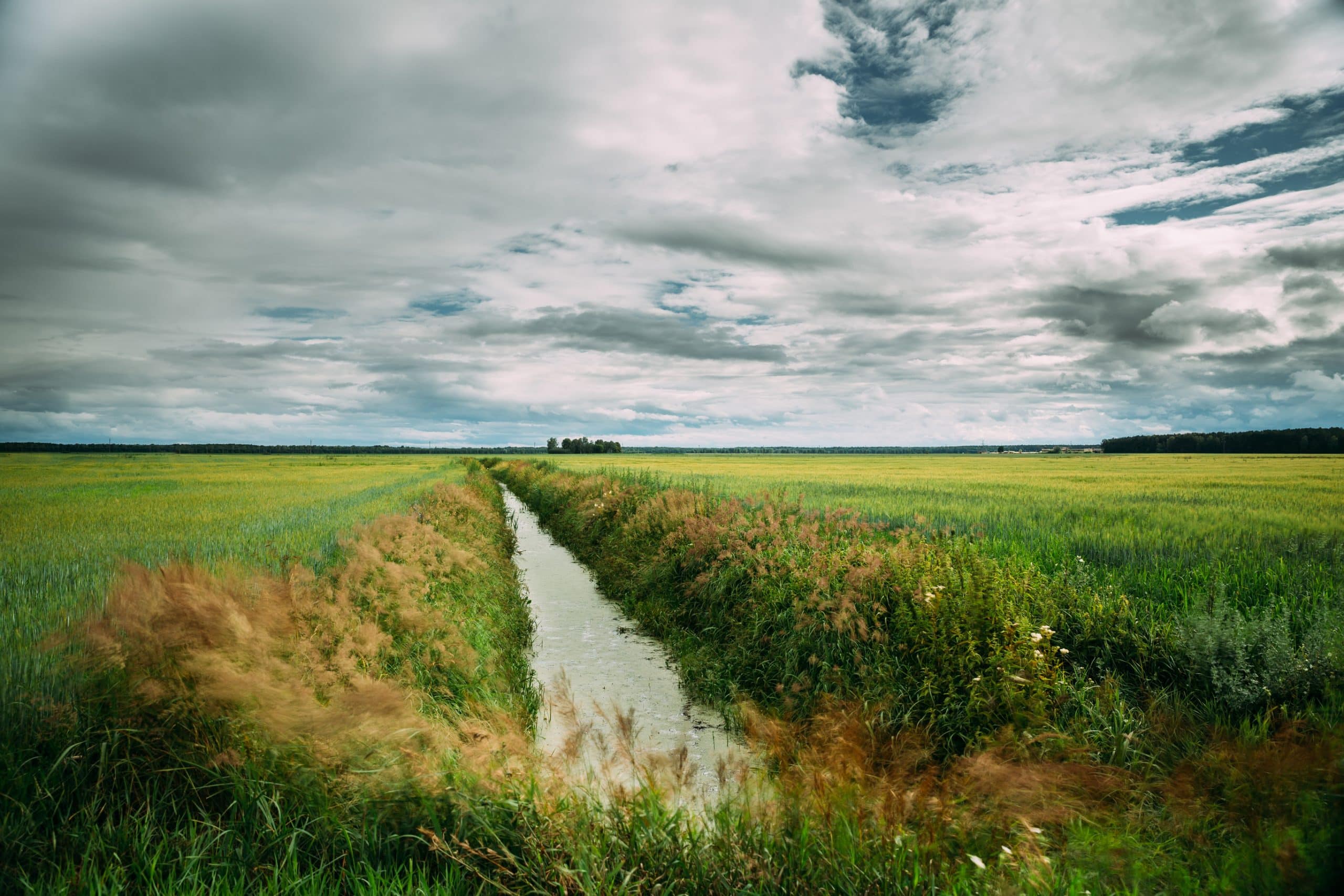Can Urban Green Corridors Improve Air Quality and Reduce Respiratory Illnesses?

The increasing concern over air quality in urban areas has led to the exploration of various solutions, with one of them being urban green corridors. You might wonder how a strip of greenery can help improve the quality of air in a bustling city. Studies suggest that these green corridors, comprising vegetation and trees, can considerably enhance the urban environment. This article delves into the potential of green corridors in improving air quality and reducing respiratory illnesses.
The Concern: Urban Air Quality and Respiratory Health
To understand the importance of this issue, you need to grasp the gravity of the situation. Numerous studies on Google Scholar and Crossref highlight the strong correlation between urban air quality and respiratory health. Your environment affects you more than you might realize.
A lire en complément : What Are the Best Techniques for Encouraging Healthy Eating in Preschoolers?
A study published in The Lancet Planetary Health noted that the air quality in urban areas has been constantly deteriorating due to escalating levels of pollutants, primarily from vehicle emissions and industrial pollution. This degradation of air quality has been linked to a multitude of respiratory illnesses such as asthma, bronchitis, and more severe conditions like lung cancer. The World Health Organization even declared air pollution as a "public health emergency," emphasizing the need to improve urban air quality.
The Solution: Urban Green Corridors
The idea of urban green corridors is not entirely new. Several cities around the world have been incorporating these elements into their urban planning for years. In essence, an urban green corridor is an interconnected network of green spaces, which can include parks, gardens, and even smaller spaces like green roofs and walls. The primary features of these corridors are trees and other types of vegetation, which provide a multitude of environmental benefits.
A découvrir également : Can Community-Based Sports Programs Reduce Youth Crime Rates?
According to a study found on Google Scholar, the leaves and bark of trees can absorb airborne pollutants. Trees act as natural air filters, trapping pollutants on their leaves and bark. The same study also found that certain tree species are more effective than others in absorbing pollutants, suggesting that the choice of vegetation is essential in the design of these green corridors.
The Impact: Improved Air Quality
Evidence from multiple studies indicates that urban green corridors can indeed improve air quality. A research conducted by the National Institute of Environmental Health Sciences (NIEHS) found a link between increased green space in urban areas and decreased levels of air pollution.
This is where the keyword figure comes into play. The study concluded that for every 10% increase in urban green space, there was a corresponding decrease in air pollutants by approximately 4%. The study emphasized the role of vegetation in filtering out toxins and improving air quality. Trees, in essence, act as the lungs of the city.
It’s not just about the air you breathe, but also the temperature. Green corridors have been found to reduce the urban heat island effect, a phenomenon where urban areas experience higher temperatures than surrounding rural areas. This reduction in temperature also contributes to improving air quality, as higher temperatures can increase the concentration of some pollutants.
The Benefit: Reduced Respiritory Illnesses
The question now is, can these green corridors lead to a reduction in respiratory illnesses? The answer is a resounding yes. Several studies, including ones found on Google Scholar and Crossref, have shown that improved air quality leads to a reduction in respiratory illnesses.
A study conducted by the American Journal of Respiratory and Critical Care Medicine found that children living in areas with higher levels of green space had lower rates of asthma. Similarly, a report published in the Journal of Epidemiology and Community Health showed that an increase in urban green space was associated with lower rates of respiratory illnesses in adults.
These findings suggest that the incorporation of green corridors in urban planning could potentially have a significant impact on respiratory health. It is an innovative and sustainable solution to a pressing problem that has been threatening public health for decades.
While urban green corridors are not the only solution to improving air quality and reducing respiratory illnesses, they represent a part of a multipronged approach to a complex issue. They are an example of how city planning and architecture can contribute significantly to public health and environmental sustainability.
Implementing Urban Green Corridors: The Role of Green Infrastructure
Mapping out effective and efficient green infrastructure is paramount when planning urban green corridors. These plans are fundamental to ensure a significant improvement in air quality. Green infrastructure refers to a network of green spaces that are strategically planned and managed for environmental and health benefits. These spaces include not only larger parks and gardens, but also features like green roofs, tree canopies and other nature-based solutions.
A study referenced on Google Scholar explains how green roofs can help absorb pollutants, especially nitrogen dioxide, one of the main contributors to air pollution. These roofs are covered with vegetation that can take in harmful pollutants and produce clean air. Tree canopies on the other hand, provide shade, reducing the heat island effect and also helping to filter out pollutants.
According to a special issue of the Journal of Environmental Management, the strategic placement of these green spaces is crucial. Green infrastructure should not be confined to the periphery, but integrated into the heart of urban areas, where pollution is typically highest. Furthermore, the study suggests that different types of vegetation offer varying levels of pollutant absorption, thus the selection of plant species should be complementary.
Implementing green infrastructure as a nature-based solution, as part of urban planning, can play a significant role in improving air quality, mitigating climate change, and ultimately enhancing the quality of life for urban dwellers.
Wrapping Up: Green Corridors for Public Health and Sustainability
In conclusion, urban green corridors offer a viable and sustainable solution to the escalating issue of air pollution and respiratory illnesses in cities. The various studies cited on Google Scholar and Crossref provide compelling evidence of the potential health benefits offered by these green spaces, notably a reduction in the prevalence of respiratory illnesses.
The establishment of these corridors, as part of a well-planned green infrastructure, can lead to significant improvements in urban air quality. By acting as natural air filters, trees and other vegetation can absorb airborne pollutants, reducing pollutant concentrations and thus enhancing the quality of life for city residents. Moreover, these green spaces can also help mitigate the urban heat island effect, further contributing to the improvement of air quality.
While the implementation of urban green corridors is not a panacea for all environmental and public health challenges that cities face, it is an effective part of a multifaceted approach to these complex issues. It is a testament to how thoughtful urban planning and architecture can significantly contribute to environmental sustainability and public health.
As we look into the future, it is clear that urban green corridors will play an increasingly important role in our cities. They represent a nature-based, sustainable solution that not only improves urban air quality, but also enhances the health outcomes for city dwellers. Within the context of rapid urbanization and climate change, the need for such solutions is more urgent than ever.
